Most girls start going through puberty between age 9 and 14.
This time is marked by significant bodily changes: your breasts start to grow, your period begins, your body produces hair in strange places, your skin gets oilier, and you start getting cellulite.
For most girls, this is also a time of emotional turbulence. Many adolescent girls start having romantic feelings for other people, which may make them pay more attention to their appearance.
These early teen years are also a time when self-esteem is at an all-time low. All the bodily changes are hard to deal with, and young women think they should look exactly like the models and actresses they see in the media.
Of course, even Hollywood stars aren't perfect, despite how they may look on television and in magazines.
Like the rest of us, they have acne, body hair, and even cellulite. Although most of us have cellulite, many women don't know the basics about it.
Thumbnail Photo: Wikimedia / tata_aka_T
1. What Is Cellulite?
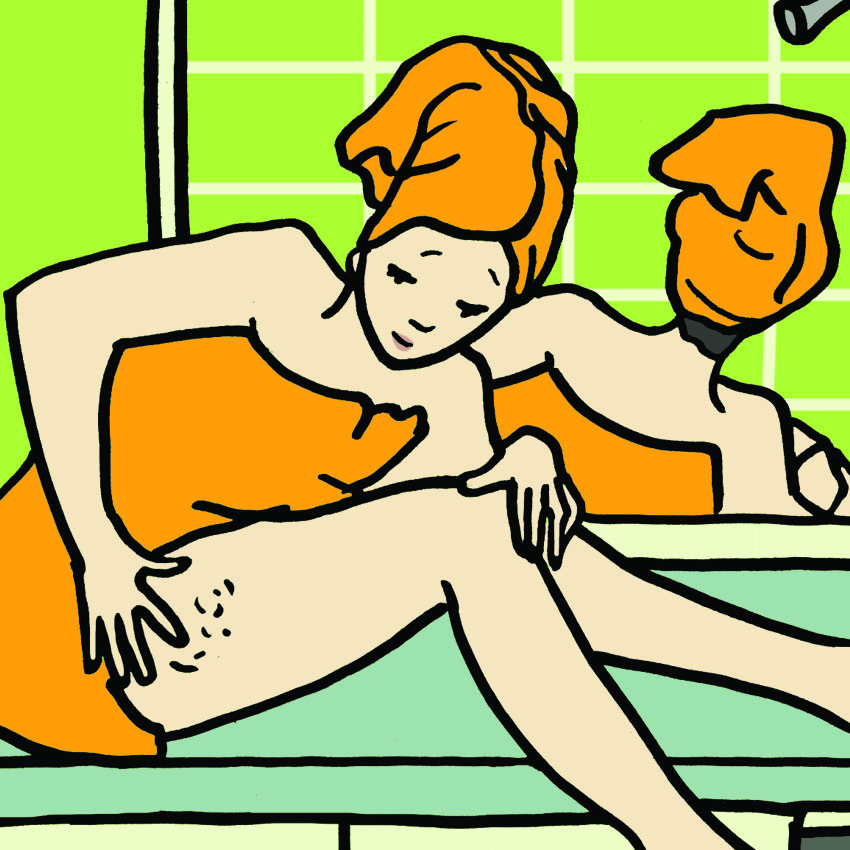
According to the US National Library of Medicine: "Cellulite is fat that collects in pockets just below the surface of the skin… Cellulite may be more visible than fat deeper in the body. Everyone has layers of fat under the skin, so even thin people can have cellulite"
2. Where Do People Get Cellulite?

We've all seen the tabloid pictures that are zoomed in on celebrities' butts, pointing out their cellulite, but buttocks are not the only place people can have these fat pockets.
The Mayo Clinic explains: "Cellulite is most common around the thighs and buttocks, but it can be found on the breasts, lower abdomen, and upper arms as well."
3. What Does Cellulite Look Like?
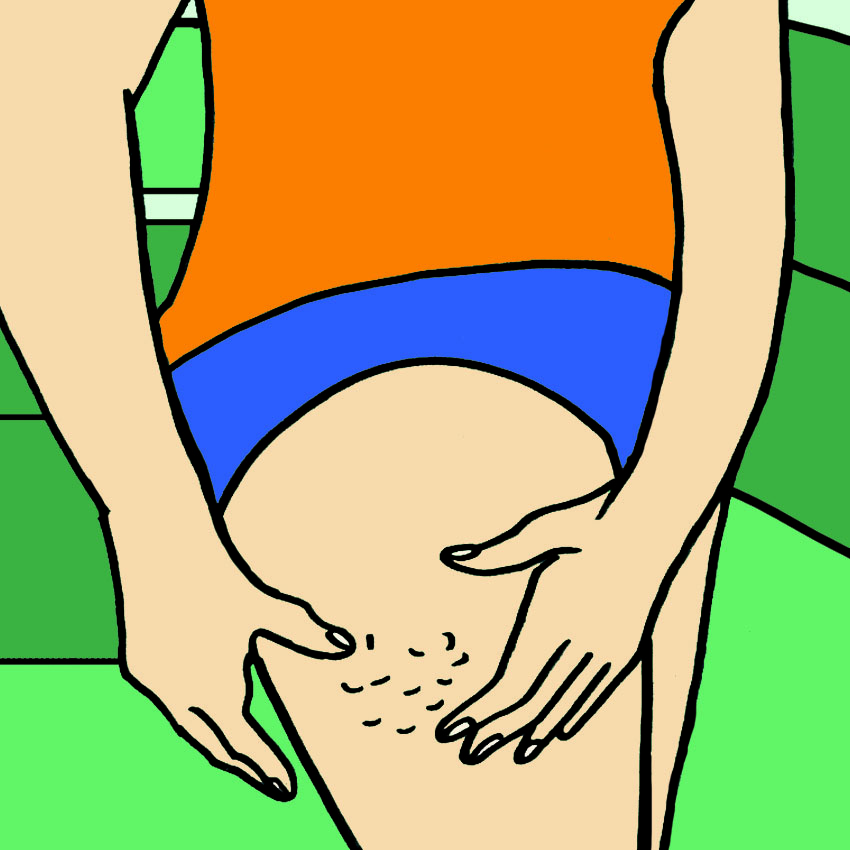
Cellulite typically looks like dimpled skin, puckered inward around small amounts of fat.
According to the Mayo Clinic, "You can see mild cellulite only if you pinch your skin in an area where you have cellulite, such as your thighs. More severe cellulite makes the skin appear rumpled and bumpy with areas of peaks and valleys."
4. Who Gets Cellulite?
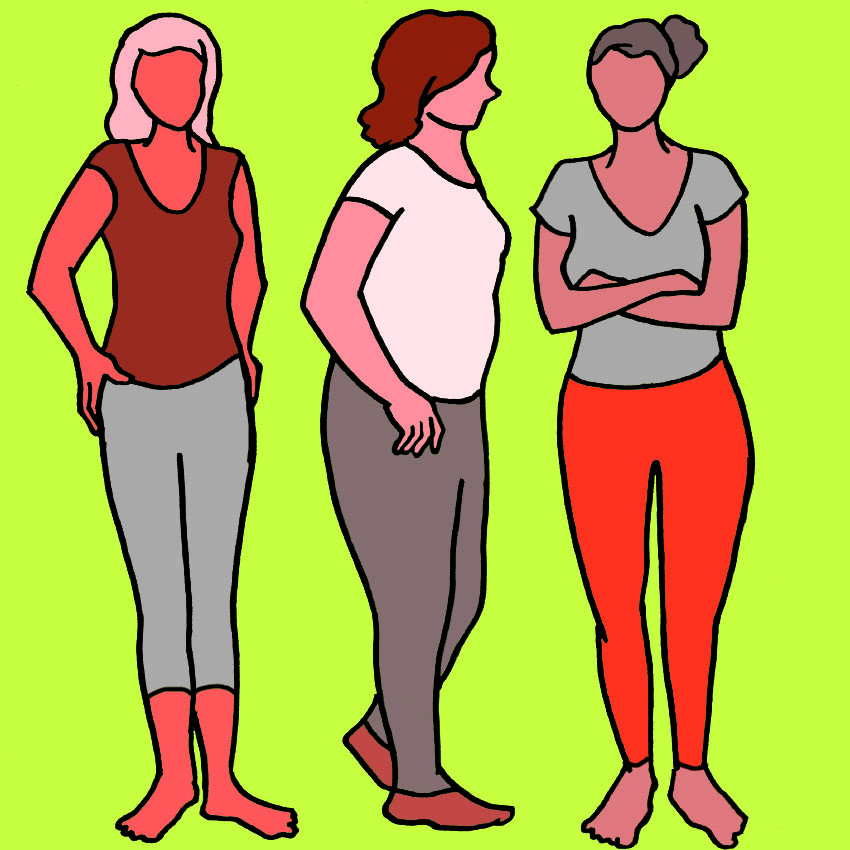
Most women get cellulite. It's that simple.
SELF magazine reports that somewhere between 80 and 98% of women have cellulite.
Almost every woman gets cellulite at some point in time, no matter their body type.
Men can also get cellulite, but it's more common in women than men.
5. What Causes Cellulite?

There are multiple factors that may play a role in cellulite, explains the US National Library of Medicine.
Some of these factors include genes, diet, metabolism, dehydration, pregnancy, and hormone changes.
6. Is Cellulite A Serious Medical Condition?
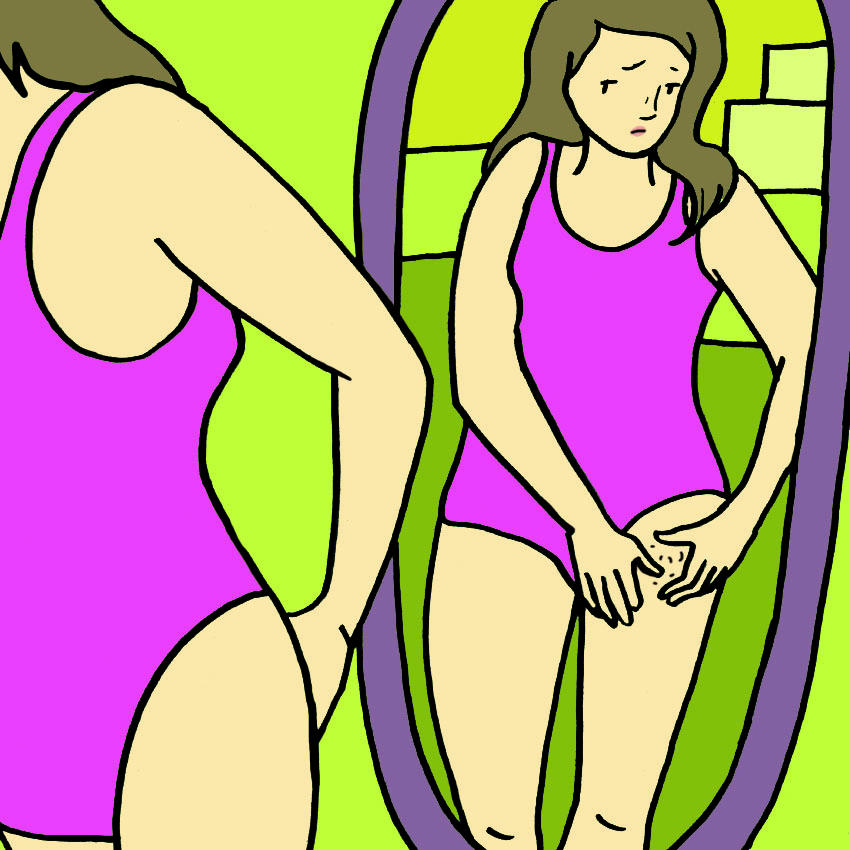
Cellulite is not a serious medical condition.
Most people who seek treatment for cellulite do so because they don't like the way it looks.
That being said, cellulite is not at all harmful to health.
7. Is Cellulite Preventable?

Cellulite is not entirely preventable, but there are lifestyle changes you can make to help avoid cellulite.
The US National Library of Medicine explains that you should eat a healthy diet with lots of fruits and vegetables, stay hydrated, avoid smoking, exercise regularly, and maintain a healthy weight.
8. Is Cellulite Treatable?

"No existing treatments, including weight loss, exercise, massages, wraps, creams, supplements, or surgery, have yet been shown to get rid of cellulite," explains the US National Library of Medicine.
That said, dermatologists are constantly working on new treatments for cellulite like wave therapy, laser treatment, and creams/lotions.
9. Is It Necessary To See A Doctor?
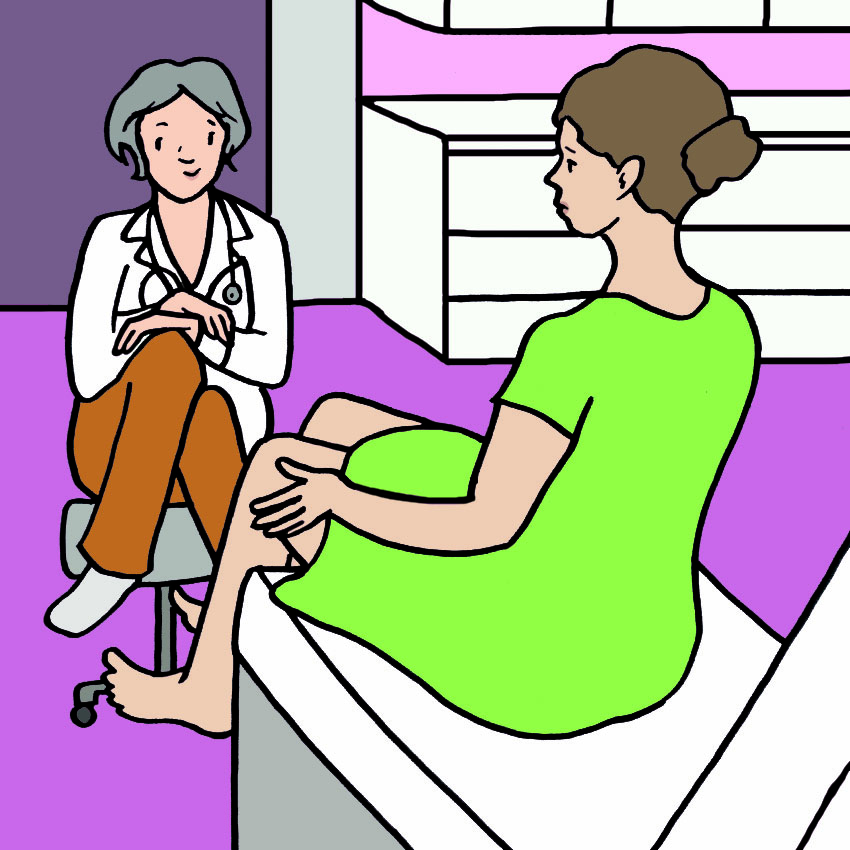
Since cellulite is not a serious medical condition, you don't need to see a doctor about it. If the appearance really bothers you, though, you can make an appointment with your general practitioner or dermatologist to talk about options.
Please SHARE this article if you think women should know more about cellulite!




